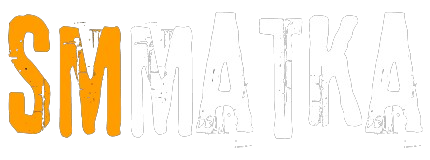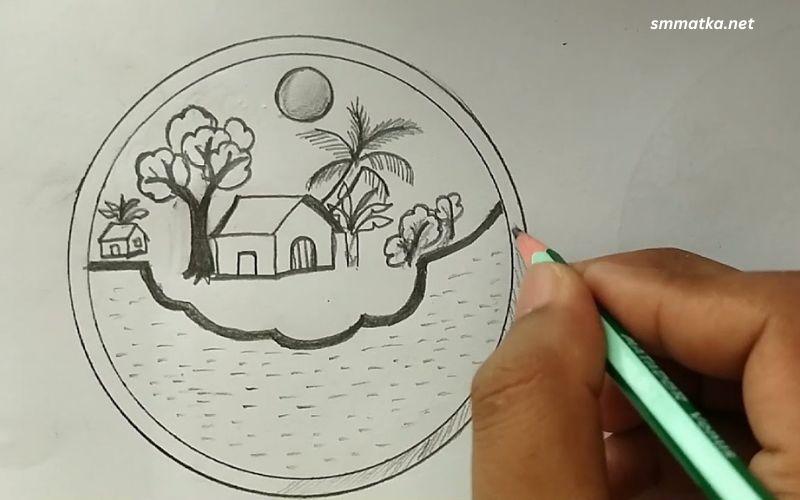Understanding the Basics of Drawing
1. What is Drawing?
Drawing is a form of visual art that involves marking a surface with various tools to create shapes, lines, and textures. It can be used to represent reality or express creativity. The most common mediums for drawing include pencil, charcoal, ink, and pastels.
2. Importance of Practice
Like any skill, drawing requires practice. The more you draw, the better you will become. It’s essential to be patient with yourself and to set aside time regularly to draw.
3. Developing Observation Skills
One of the key elements of drawing is observation. The ability to accurately observe shapes, lines, and proportions is crucial. Start by drawing simple objects around you, such as a cup or a plant. Focus on the details and try to capture what you see on paper.
Essential Drawing Materials
Before you start drawing, it’s important to gather the right materials. Here’s a list of basic supplies you’ll need:
1. Pencils
Pencils come in various grades, ranging from hard (H) to soft (B). For beginners, a set that includes HB, 2B, and 4B pencils is ideal. The HB pencil is versatile for sketching, while the softer B pencils are great for shading.
2. Paper
Choose a sketchbook or drawing paper that suits your style. For practice, a medium-weight paper (around 80-100 lb) works well. If you want to use ink or watercolor later, opt for heavier paper.
3. Erasers
A good eraser is essential for correcting mistakes. Kneaded erasers are excellent for lifting graphite without damaging the paper, while vinyl erasers are better for more stubborn marks.
4. Sharpener
Keeping your pencils sharp is important for precise lines. Invest in a quality sharpener or a craft knife for a more controlled sharpening experience.
5. Optional Tools
As you advance, you may want to experiment with additional tools like charcoal sticks, fine-tipped pens, or colored pencils. However, starting with basic materials is perfectly fine.
Easy Drawing Techniques for Beginners
1. Basic Shapes
Most objects can be broken down into basic shapes: circles, squares, triangles, and rectangles. Start by practicing these shapes and gradually combine them to form more complex objects.
Exercise: Draw a simple apple. Start with a circle for the body, then add a small triangle for the stem and a leaf.
2. Contour Drawing
Contour drawing involves drawing the outline of an object without looking at your paper. This technique helps improve hand-eye coordination and observation skills.
Exercise: Choose an object to draw. Look at it carefully and try to capture its outline in one continuous line without looking at your paper.
3. Shading Techniques
Shading adds depth and dimension to your drawings. Experiment with different shading techniques like hatching, cross-hatching, stippling, and blending.
Exercise: Draw a simple sphere. Use hatching to create shadows on one side and blend to create a smooth transition from light to dark.
4. Gesture Drawing
Gesture drawing is a quick way to capture the movement and form of a subject. Set a timer for 30 seconds to 2 minutes and draw a subject in that time frame. This practice helps you learn to capture the essence of a pose rather than focusing on details.
Exercise: Find a reference photo of a person in motion. Set a timer and draw the figure as quickly as you can.
5. Perspective Drawing
Understanding perspective is crucial for creating depth in your drawings. The basic principles of one-point and two-point perspective are essential for drawing objects in space.
Exercise: Start with a simple one-point perspective drawing. Draw a road that converges at a vanishing point on the horizon line.
Tips for Successful Drawing
1. Keep a Sketchbook
A sketchbook is a great place to practice and experiment with new ideas. Try to draw in your sketchbook daily, even if it’s just doodling.
2. Use References
Reference images can help you understand proportions, lighting, and details. Look for inspiration in photographs, nature, or even other artists’ work.
3. Don’t Be Afraid to Make Mistakes
Mistakes are part of the learning process. Embrace them and view them as opportunities to improve. Use your eraser or redraw until you achieve the desired result.
4. Study Other Artists
Take the time to study the work of other artists. Analyze their techniques, styles, and compositions. This can provide valuable insights and inspire your work.
5. Set Realistic Goals
Set achievable goals for your drawing practice. Whether it’s completing a certain number of sketches per week or mastering a specific technique, having goals can help keep you motivated.
Drawing Exercises to Try
1. Still Life Drawing
Gather a few simple objects (like fruits, vases, or books) and arrange them in an interesting composition. Spend time drawing from different angles and perspectives.
2. Portrait Drawing
Practice drawing faces by using photographs as references. Focus on proportions and features. Start with basic shapes to create the structure of the face before adding details.
3. Nature Sketching
Go outside and draw what you see. This could be trees, flowers, or animals. Nature provides endless inspiration and helps improve observation skills.
4. Daily Drawing Challenge
Commit to a daily drawing challenge where you create a new piece every day for a month. This could be anything from a quick sketch to a more detailed drawing.
5. Collaborate with Others
Find fellow artists to share your work with and get feedback. Collaborating with others can inspire you and provide new perspectives on your art.
Conclusion
Drawing is a rewarding and enjoyable hobby that anyone can pursue. By understanding the basics, gathering the right materials, and practicing regularly, you can develop your skills and create art that you’re proud of. Remember to be patient with yourself, embrace mistakes, and enjoy the process of creating. So grab your pencil and paper, and start your drawing journey today!

